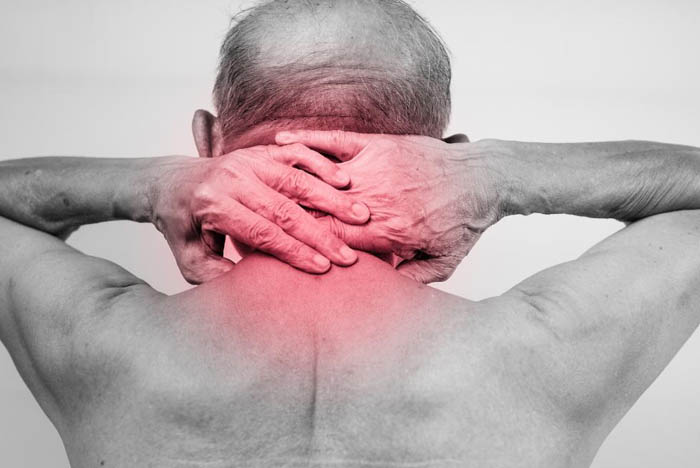Myositis

What are the types of myositis?
There are two main subtypes.
- Polymyositis
- Dermatomyositis
Who can develop myositis?
- It can occur in any person. Usually females are affected more. Dermatomayositis is mostly seen in children and females in between of 20-30 yrs of age. Polymyositis is usualy seen after 50 yrs of age.
- This is a rare disease usually developing in 10/ 1,000,000 population per year.
What is the role of physiotherapy in these diseases?
After disease control is achieved with medicines – Muscle stegthening exercises under guidance of physiotherapist helps to regain strength of muscles.
What are the causes of myositis?
Many factors can lead to myositis. They are distributed in four parts.
- Infections [Bacterial,viral]
- Drugs.
- Cancer: Different types of cancer can present as myositis.
- Arthritis- Polymyositis / Dermatomyositis
What is a reason of developing Polymyositis / Dermatomyositis?
- Patient’s immune system play major role in development of these diseases. Disturbance in immune sytem leads to abnormal white cells in immune system.
- These cells attack muscles and skin. These cause swelling of muscle/ skin followed by damage to it
What organs can be affected in Polymyositis / Dermatomyositis?
Muscle, joints, skin, lung, heart, food pipe can be involved.
What are the symptoms of Polymyositis / Dermatomyositis?
In most of the patients symptoms develop slowly.
- Body pains.
- Weakness after mild work.
- Joint pain and swelling.
- Swelling around eyelids.
- Rashes over face and hands.
- Breathlessness, dry cough.
- Difficulty in swallowing
How Myositis is diagnosed?
Myositis is diagnosed by patient’s symptoms and examination done by doctors trained in these diseases.
Following investigations are done as per need to confirm the diagnosis and to find possible cause.
- Muscle enzymes – CPK, LDH, SGOT, ALODASE
- EMG – Electrophysiology of muscles.
- IMAGING – USG, MRI can help in diagnosing muscle inflamation and swelling
X-Ray chest, HRCT Thorax for lung involvement
2D ECHO – for heart involvement
- MUSCLE BIOPSY – For confirming diagnosis, to know subtype of disease.
- Routine blood tests: Blood counts, kidney, liver functions before starting medicines and periodically later.
- Screening for cancer, infection- In patients having symptoms suggestive of these diseases.
Which medicines are used for treatment of these diseases?
1. Steroids:
Prednisolone -steroids are used for initially for rapid control of disease. After control of disease is achieved, it is tapered down slowly in 6 mths and continued in lowest possible maintanence dose. It can be given injection form in serious conditions.
2. Methotraxate, Azathioprine, Mycophenolate:
These drugs are called DMARDS-Disease modifying drugs. They are given for long term control of disease and prevent recurrence. It can take up to 6 months for its full effect.
3. Biologics {Rituximab}
These drugs are used for resistant disease where first line medicines are not effective. Rituximab reduces B type white cells and helps in bringing disease under control.
4. Iv lg (lmmunoglobulin):
It is used in resistant disease where first line medicines are not effective or there is a threat to life. It rapidly brings disease under control. It is given as injections every monthly.
How long teatment is continued ?
It is given for very long period. Many patients may need lifelong treatment.
What type of food these patients should take?
Patients should take easily digestible foods. They should avoid fried, oily, spicy food.
How to find us
Fill up the form and ask your queries

STAR Rheumatology Clinics
404-405, Aarya Epoch,
Above Brand Factory &
Opp. Radiance Hospital,
Nr. Vijay Cross Roads, Drive-in Road, Navrangpura,
Ahmedabad -380 009

85111 09300 85111 63300

info@starclinics.in appointment@starclinics.in
